Disclosure: This article contains affiliate links. We may earn a commission from purchases at no extra cost to you, which helps our travel content.
I've spent decades exploring post-industrial cities across North America, watching them transform and reinvent themselves. Minneapolis—often overshadowed by its mammoth Mall of America—has quietly become one of America's most compelling urban narratives. Like a carefully edited anthology that few have discovered, this city weaves together industrial heritage, cutting-edge art, and multicultural influences into a story that deserves far wider readership. After my recent summer weekend exploration, I'm convinced Minneapolis offers solo travelers one of the most rewarding urban canvases in the Midwest.
The Mill District: Where Industry Becomes Art
The Mill District stands as Minneapolis' most powerful example of adaptive reuse—where the flour mills that once powered America's breadbasket have been thoughtfully repurposed into cultural spaces. At the Mill City Museum, built within the ruins of the Washburn A Mill, I traced the city's evolution from industrial powerhouse to creative hub. The museum's glass façade juxtaposed against the original stone walls creates a visual metaphor for Minneapolis itself: historical foundations supporting contemporary vision.
Walking along the Stone Arch Bridge at sunset, I watched kayakers navigate the Mississippi below while cyclists and pedestrians shared this former railroad bridge. The golden hour light transformed the limestone and brick buildings into a warm tableau that reminded me of similar post-industrial revivals I've documented in Glasgow and Pittsburgh—though Minneapolis has achieved something uniquely cohesive here.
For dinner, I discovered Owamni by The Sioux Chef, a James Beard Award-winning restaurant celebrating Indigenous cuisine. Sitting on the outdoor patio overlooking the falls that powered those historic mills, I savored dishes made without colonial ingredients—a thoughtful reclamation of Native foodways in a space once dominated by European-American industry.

💡 Pro Tips
- Visit the Guthrie Theater's 'Endless Bridge' for spectacular river views—it's free to enter the building and access this architectural feature
- Download the Mill District Walking Tour app for self-guided exploration
- The Stone Arch Bridge is busiest on weekend afternoons—go early morning or evening for a more contemplative experience
Walker Art Center & Sculpture Garden: Contemporary Culture in Context
No cultural exploration of Minneapolis would be complete without dedicating ample time to the Walker Art Center and its adjacent Sculpture Garden. While many cities boast contemporary art museums, the Walker stands apart through its commitment to boundary-pushing exhibitions and its seamless integration with outdoor space. I spent a full morning wandering its galleries, particularly drawn to their collection of minimalist works that reminded me of pieces I'd first encountered during my National Geographic editing days.
The Sculpture Garden, with its iconic Spoonbridge and Cherry fountain, offers a democratic art experience—accessible to everyone regardless of background or budget. I watched families, art students, and curious tourists all engaging with monumental works in their own ways. My favorite discovery was the garden's less-photographed corners, where smaller sculptures create intimate moments of reflection.
After several hours of art immersion, I needed sustenance and found it at Cardamom, the Walker's excellent Middle Eastern-inspired restaurant. I paired their za'atar flatbread with a refreshing insulated water bottle that kept my water cold throughout the afternoon—a worthwhile investment for any urban explorer navigating summer heat.
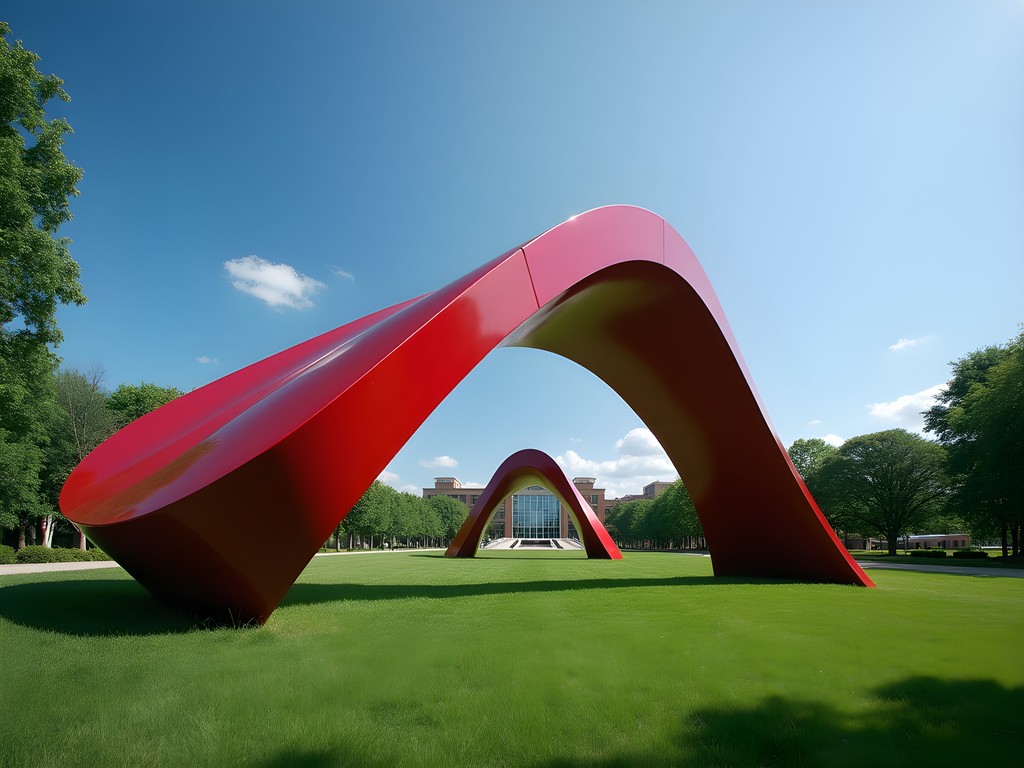
💡 Pro Tips
- Thursday evenings offer pay-what-you-wish admission to the Walker Art Center
- The Minneapolis Sculpture Garden is free and open from 6am to midnight daily
- Download the Walker Art Center app for audio guides and exhibition information
Northeast Minneapolis: The Creative Frontier
Across the river from downtown, Northeast Minneapolis (affectionately called 'Nordeast' by locals) reveals the city's grittier, more experimental side. This former working-class neighborhood has transformed into Minneapolis' premier arts district without sacrificing its authentic character—a balance rarely achieved in gentrifying areas I've documented elsewhere.
The Northrup King Building anchors the district, housing over 350 artists and makers in a massive former seed company warehouse. I timed my visit to coincide with their First Thursday open studio night, when artists welcome visitors into their creative spaces. The industrial elevators and wide hallways still bear the marks of the building's utilitarian past, while studios showcase everything from traditional painting to experimental multimedia installations.
For dinner, I wandered to Young Joni, where James Beard Award-winning chef Ann Kim blends Korean influences with wood-fired cooking. The restaurant's back bar, accessed through an unmarked door in the alley, offers craft cocktails in a space that feels like a well-curated living room.
Between studio visits, I discovered I Am Mpls, a boutique featuring locally designed clothing and accessories. I couldn't resist purchasing a pair of wireless earbuds after realizing I'd forgotten mine—they proved perfect for listening to my audio guides while navigating the city's extensive public transportation system.

💡 Pro Tips
- Check the Northeast Minneapolis Arts Association calendar for open studio events throughout the year
- The 331 Club offers free live music nightly and serves as a neighborhood gathering spot
- Bicycle is the ideal way to explore Northeast—rent a bike share from numerous stations around the city
Minneapolis' Indigenous Narratives
Minneapolis sits on Dakota homeland, and the city is increasingly acknowledging and celebrating its Indigenous foundations. As someone who's documented endangered cultural practices worldwide, I was particularly drawn to the Native American Cultural Corridor along Franklin Avenue.
At All My Relations Arts gallery, I explored contemporary Indigenous artwork that challenges stereotypes and celebrates living traditions. The nearby Minnesota Indian Women's Resource Center provides important services while also educating visitors about Indigenous perspectives. Throughout the corridor, murals and public art installations tell stories of resistance and resilience.
For a deeper understanding of the area's Native history, I took a guided tour with Dakota land tour, which offers Indigenous-led experiences focused on the significance of the Mississippi River and surrounding lands. Our guide shared both historical context and personal stories, creating connections that no guidebook could provide.
Perhaps most moving was my visit to Bdote, the confluence of the Mississippi and Minnesota rivers, considered the origin place in Dakota creation stories. Standing at this junction of waters, I gained a perspective on Minneapolis that transcends its relatively brief existence as an American city, understanding it instead as a place of gathering and significance dating back millennia.
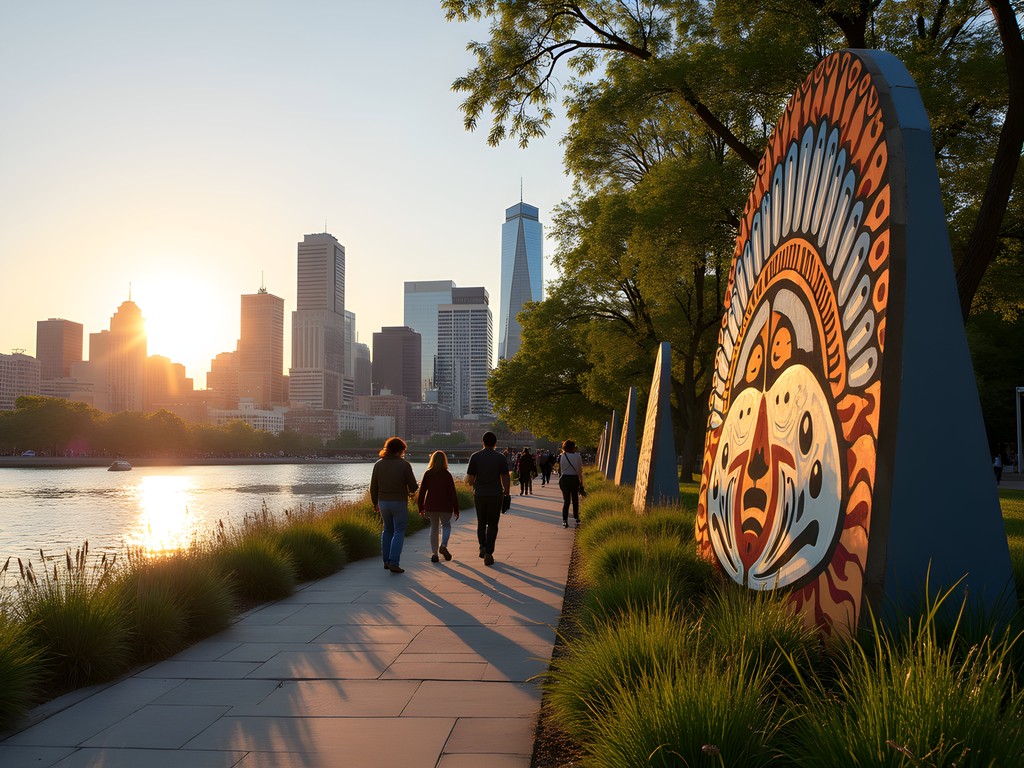
💡 Pro Tips
- Visit the Minneapolis American Indian Center's Gatherings Cafe for Indigenous cuisine
- Check the schedule for Native American community events at powwowgrounds.com
- Read works by Native Minnesota authors like Louise Erdrich and David Treuer before your visit
Bookish Minneapolis: A Literary Explorer's Paradise
As a former book editor, I'm drawn to cities with vibrant literary scenes, and Minneapolis delivers magnificently on this front. The city that nurtured literary voices from F. Scott Fitzgerald to Louise Erdrich continues to support a remarkable ecosystem of independent bookstores, publishers, and literary centers.
The Loft Literary Center in the Open Book building serves as the heart of Minneapolis' writing community. I attended a Saturday morning writing workshop there, surrounded by aspiring and established authors in a space purpose-built for literary creation. The building also houses Milkweed Editions, one of America's finest independent publishers, and their beautiful bookstore.
For serious book browsing, I spent hours in Magers & Quinn, Minneapolis' largest independent bookstore, where I found everything from new releases to rare Minnesota histories. Their staff recommendations never disappoint—I left with a tote bag full of discoveries and a much lighter wallet.
To fuel my literary wanderings, I relied on my portable espresso maker, which let me brew my own coffee while reading in the city's numerous parks. For evening reading in my hotel room, my book light provided perfect illumination without disturbing neighbors.

💡 Pro Tips
- Check Rain Taxi's event calendar for readings and literary events happening during your visit
- Birchbark Books, owned by novelist Louise Erdrich, specializes in Native American literature and offers a uniquely curated selection
- The Minneapolis Central Library downtown is an architectural marvel worth visiting even if you're not borrowing books
Final Thoughts
Minneapolis reveals itself slowly, like a complex narrative that rewards careful readers. Beyond the Mall of America's commercial sprawl lies a city that has thoughtfully edited its industrial past into a compelling present while acknowledging the deeper Indigenous stories of this river-bound land. What strikes me most is how Minneapolis balances preservation with innovation—maintaining the structural bones of its mill district while filling those spaces with forward-thinking art and cuisine.
For solo travelers seeking cultural immersion, Minneapolis offers an ideal blend of accessibility and discovery. The city's excellent public transportation, pedestrian-friendly neighborhoods, and general Midwestern openness make it navigable even for first-time visitors, while its layered arts scene provides endless opportunities for deeper exploration.
As I boarded my flight home, my notebook filled with observations and my camera heavy with images, I found myself already planning a return visit. Minneapolis has earned its place among North America's essential urban destinations—not because it shouts for attention, but because it confidently tells its multifaceted story to those willing to listen.
✨ Key Takeaways
- Minneapolis offers far more cultural depth than its Mall of America reputation suggests
- The city excels at adaptive reuse, transforming industrial spaces into vibrant cultural centers
- Indigenous perspectives are increasingly centered in Minneapolis' cultural offerings
- The literary and visual arts scenes provide rich experiences for solo cultural travelers
📋 Practical Information
Best Time to Visit
Summer (June-August)
Budget Estimate
$150-250 per day
Recommended Duration
3-4 days
Difficulty Level
Easy

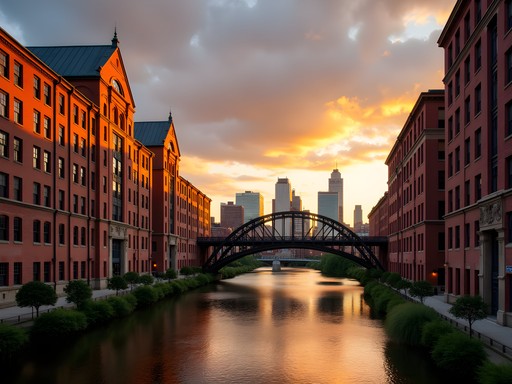

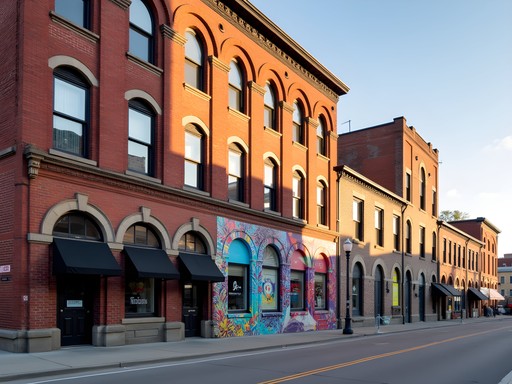
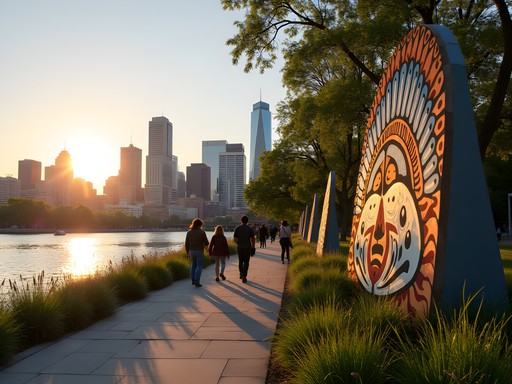








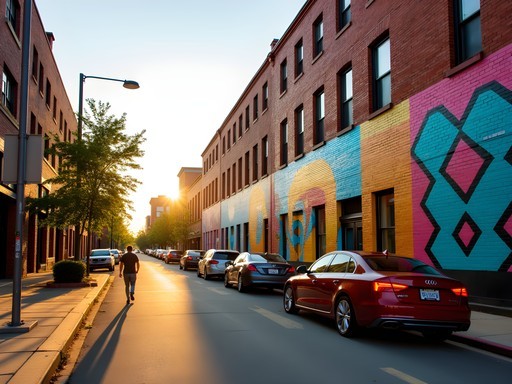
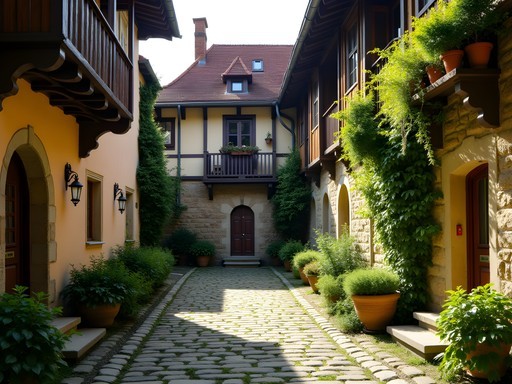
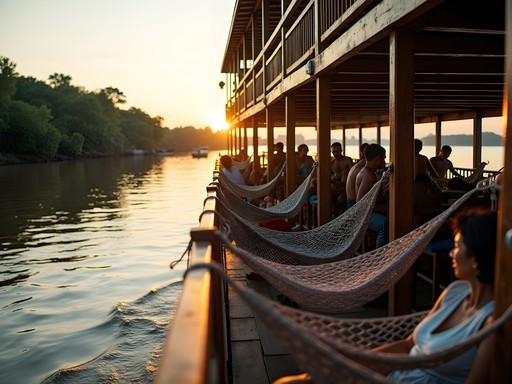
Comments
coolking
Great post! Anyone know if there are good walking tours that cover the indigenous history mentioned in the article? Planning a trip for this fall.
hikingwanderer
Check out the Native American Cultural Corridor along Franklin Avenue. There's a self-guided tour map available at All My Relations Arts gallery. Really eye-opening experience!
coolking
Perfect, thanks for the tip!
hikingwanderer
Just got back from Minneapolis last month and can confirm everything in this article! Northeast Minneapolis was my favorite discovery - all those old warehouses turned into artist studios and breweries. Spent a whole day at the Northrup King Building checking out artist studios. Also, the light rail made getting around super easy without a car. The sculpture garden was way cooler than I expected too - that spoon and cherry is iconic!
Raymond Hassan
I visited Minneapolis last year during my North American backpacking tour and was equally surprised by its cultural depth. The Mill District transformation is a textbook example of post-industrial urban renewal done right. What struck me most was how the Guthrie Theater's blue box overlook creates this perfect frame for viewing the Mississippi River and old flour mills - it's like the architecture itself is commenting on the city's transition from industry to arts. The Indigenous art collections at Mia also provided critical context that many American cities fail to acknowledge in their cultural spaces.
globelegend
That blue box view sounds amazing! Adding it to my list.
Raymond Hassan
Definitely worth it! Try to go around sunset if possible - the light on the river is spectacular.
globelegend
Never thought of Minneapolis as an arts destination! Eye-opening post.
ArtLover88
Going there next month! Is the sculpture garden open year-round? Heard Minnesota winters are brutal.
MinneapolisLocal
Yes, it's open year-round! Winter can actually be a magical time to see the sculptures covered in snow. Just bundle up really well!
TravelingTeacher
Really appreciate this post! Always thought Minneapolis was just about the mall. Adding to my summer road trip plans!
Hunter Thompson
Brilliant post, Leah! Minneapolis is seriously underrated on the North American arts scene. I spent a week there last autumn and was blown away by the creative energy. The Walker Art Center is world-class - that Spoonbridge and Cherry sculpture is even more impressive in person! For anyone heading there, I'd recommend timing your visit with one of the art crawls in Northeast. First Thursday or Art-A-Whirl in May lets you explore dozens of artist studios in those converted industrial spaces. The local craft beer scene pairs perfectly with the art exploration too - Fair State Brewing Cooperative was my favorite spot to end the day. I used the Minneapolis City Guide which had some great off-beat recommendations beyond the usual tourist spots.
MinneapolisLocal
As a local, I'm so glad to see visitors appreciating our art scene! Art-A-Whirl is definitely the best weekend to visit if you're into art. And Fair State is a great recommendation!
Hunter Thompson
Thanks! Any other local spots you'd recommend that tourists might miss?
MinneapolisLocal
Check out the Midtown Global Market for amazing food and local vendors. And don't miss the Minneapolis Institute of Art - it's free and has an incredible collection!
wanderadventurer
I was just in Minneapolis last month and totally agree that it's SO much more than just the Mall of America! The Mill District was my favorite part - those converted warehouses are amazing. We stumbled into a small gallery opening and the artists were super friendly. Didn't make it to the Northeast area though, definitely adding that to my list for next time! Anyone have recommendations for good coffee shops in that area?
Hunter Thompson
Northeast is definitely worth exploring! Spyhouse Coffee on Broadway is my go-to when I'm there. Great atmosphere and they often showcase local artists. Perfect spot to chill before checking out the art studios nearby.
wanderadventurer
Thanks for the tip! Adding Spyhouse to my list for next time!
escapequeen
Is Minneapolis walkable or do you need a car? Planning a weekend trip and trying to decide if I should rent one.
Sophia Gomez
Downtown and the cultural districts are very walkable! The light rail connects major areas, and there's good rideshare coverage. I never rent a car there for my business trips.
escapequeen
Perfect, thanks! That'll save me some money.
Claire Hawkins
Wonderful article that captures the spirit of Minneapolis! I visited with my family last summer and was pleasantly surprised by how kid-friendly many of these cultural spots are. The Walker Art Center has fantastic programs for children, and my 8-year-old was fascinated by the flour milling history in the Mill District. What really made our trip special was staying in a converted warehouse apartment in Northeast Minneapolis - the neighborhood has this perfect blend of family-friendly by day and vibrant arts scene by night. Don't miss the Minneapolis Farmers Market if you're there on a weekend - my kids loved trying the local foods and meeting the farmers!
Venture X
Premium card with 2X miles, $300 travel credit, Priority Pass